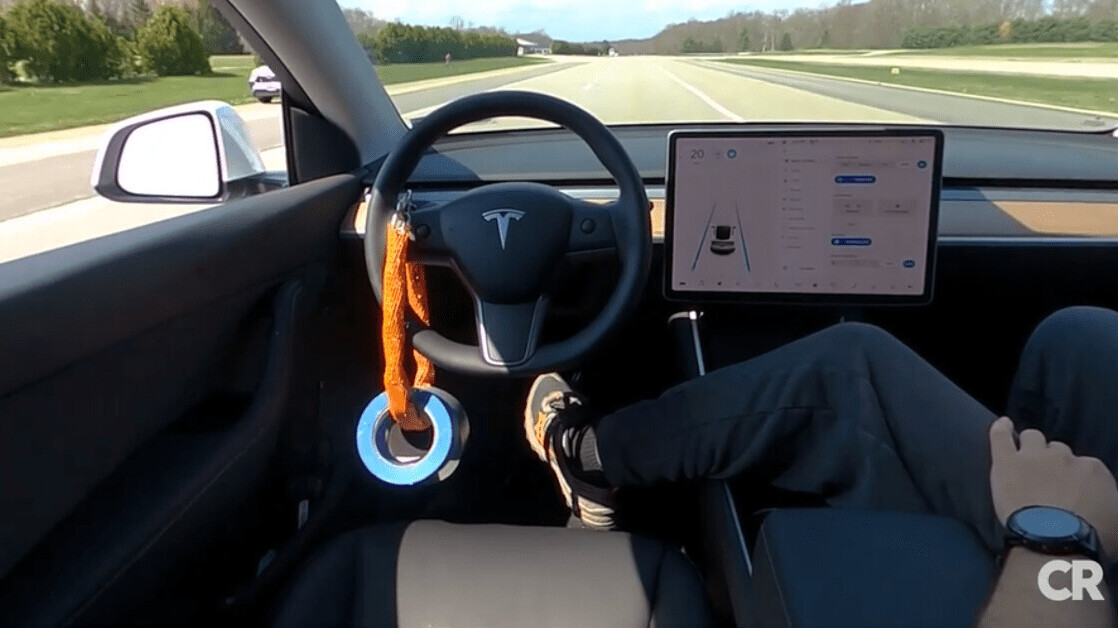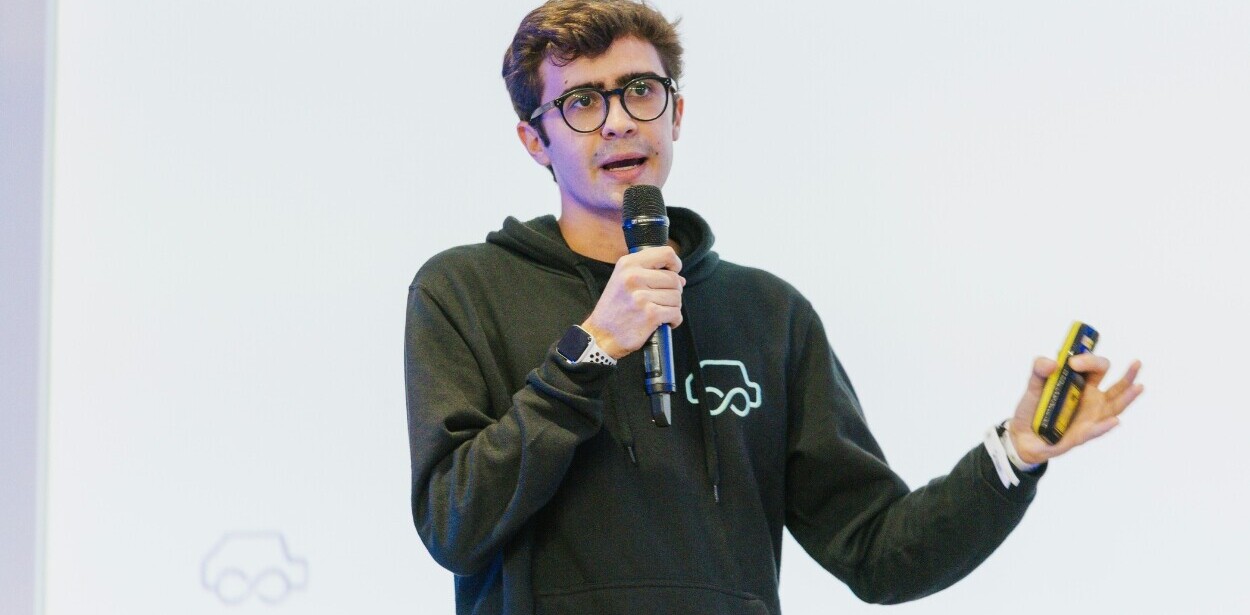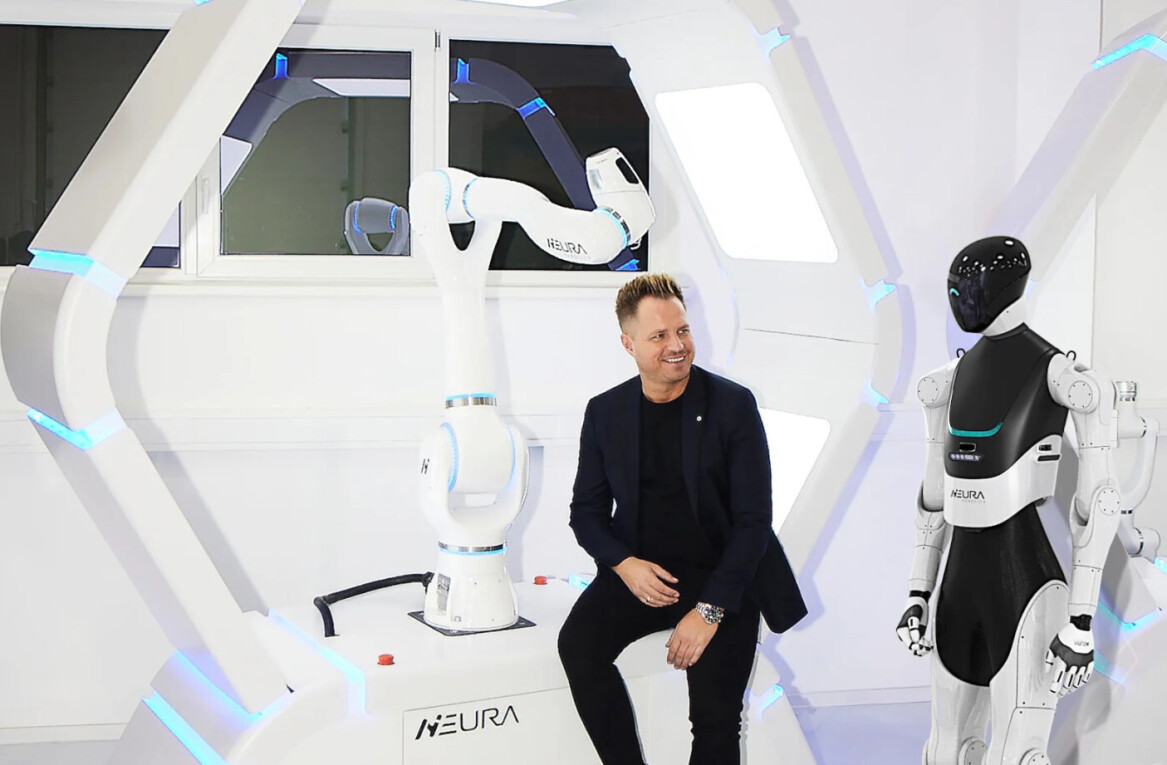Apparently, Tesla’s Autopilot keeps on driving, even if there is no one on the driver’s seat!
Following a recent fatal crash in Texas, two engineers from Consumer Reports, an American non-profit consumer organization, showed how easy it is to deceive Autopilot’s driver monitoring system.
Jake Fisher, CR’s senior director of auto testing, sat in the driver’s seat and Kelly Funkhouser, CR’s program manager for vehicle interface testing, sat in the rear seat.
They tested their 2020 Tesla Model Y on their half mile closed test track.
Surprisingly, it took only a few simple steps to trick Autopilot.
As the Tesla determines the presence of a driver by sensing weight on the steering wheel, they only needed to place a small weighted chain on it.
Then, Fisher slid over into the passenger’s seat.
“The car drove up and down the half-mile lane of our track, repeatedly, never noting that no one was in the driver’s seat, never noting that there was no one touching the steering wheel, never noting there was no weight on the seat,” he describes.
What’s more, Tesla’s so- called “cabin cameras” don’t meet such standards – their sole purpose is to be activated in cases of emergency, to collect crash-related data.
This is another serious blow for Tesla’s safety mechanisms. The two engineers deemed Autopilot’s safeguards insufficient.
Their evaluation corresponds with the Insurance Institute for Highway Safety’s (IIHS) recommendations concerning the necessity for ensuring drivers’ attention when steering automation and adaptive cruise control are employed.
“Tesla is falling behind other automakers like GM and Ford that, on models with advanced driver assist systems, use technology to make sure the driver is looking at the road,” Fisher comments.
Do EVs excite your electrons? Do ebikes get your wheels spinning? Do self-driving cars get you all charged up?
Then you need the weekly SHIFT newsletter in your life. Click here to sign up.
Get the TNW newsletter
Get the most important tech news in your inbox each week.






